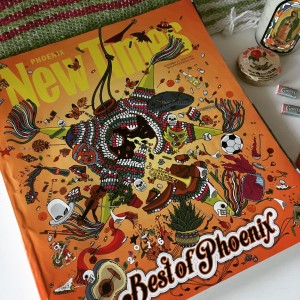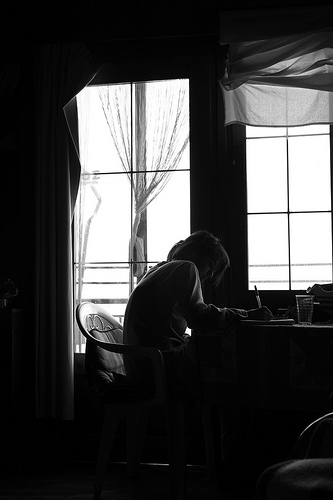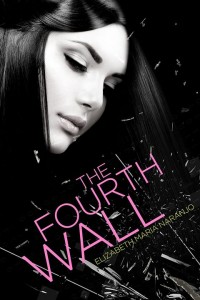
Image by Jill Wellington from Pixabay
Twenty twenty-four was a whirlwind. Writing-wise, I devoted the entire year to my cozy mystery series, publishing the first Sweet Dreams Mysteries book in July and the second in October. The third, which I’d hoped to publish in December, is now slated for release next winter.
The behind the scenes of publishing is probably not very interesting to most people, but to sum up I worked almost daily from the first of January until the first of October, editing extensively, writing back-cover copy, commissioning book covers and swag like bookmarks, preparing files, poring over proofs, participating in blog tours and interviews, running Goodreads giveaways and Amazon promotions, and making progress with a combined draft/edit of book three.
It was fun! It was exhilarating! And when I took a week off to celebrate the publication of book two over Fall Break, I realized it had also been draining. I couldn’t seem to find my way back to edits on book three. So instead, I spent some time reflecting.
In hindsight, my idea to spend one year immersed in one project was bound to lead to burnout. Reviewing what I’d accomplished in 2024, I realized that I hadn’t written anything new. I’d added several thousand words to multiple manuscripts, but all of the stories already existed. None of my writing from 2024 included new characters, conflicts, or settings.
I’m not creating, I thought.
No wonder I felt empty.
Once I’d figured out the problem, I asked my friend Carrie to give me a one-word prompt, and I wrote a story from scratch. Just a quick piece of flash fiction, the first short fiction I’d written since 2021. It was invigorating; I was completely swept up in the excitement of imagining a new story from beginning to end. Immediately after drafting the piece I wanted to write another one. I thought, I missed this.
Twenty twenty-five is a landmark year for me; it’s the year I turn fifty. And if I’ve learned anything, it’s that we never stop learning. The mistake I’d made in setting 2024 goals was thinking that adding new words to existing manuscripts would fulfill my need to create. It doesn’t. I adore Sweet Dreams—the little town of Pinewood, the ice cream parlour, Genevieve and Brandon and Butterscotch. But I need space to imagine whole new stories. So for 2025 I’m restoring balance. I’m giving myself time to edit, publish, market, and write. And time to just dream.
Happy New Year, everyone!























Connect With Me